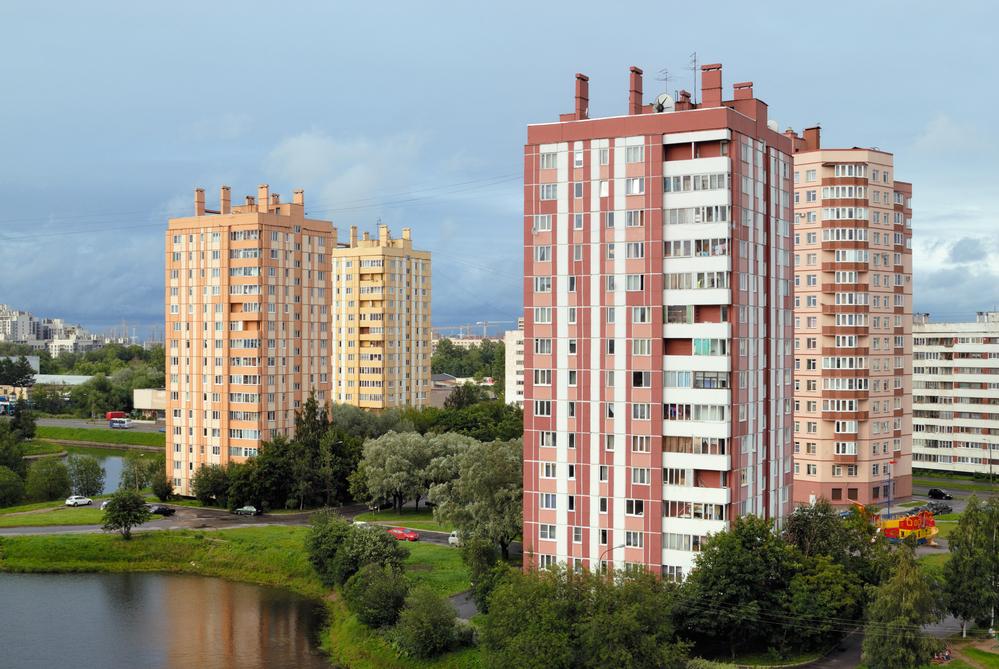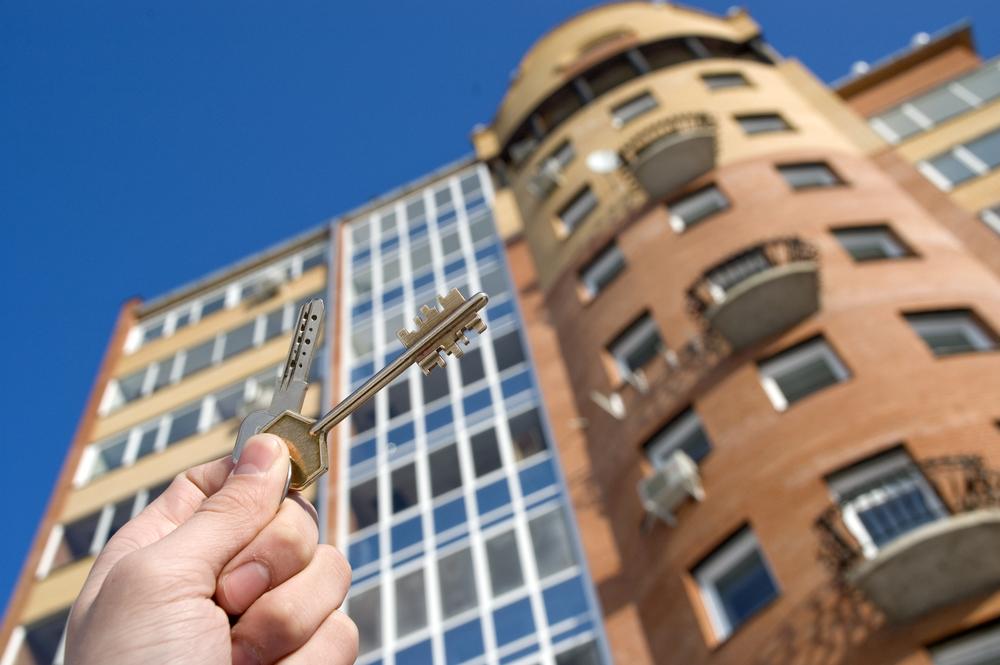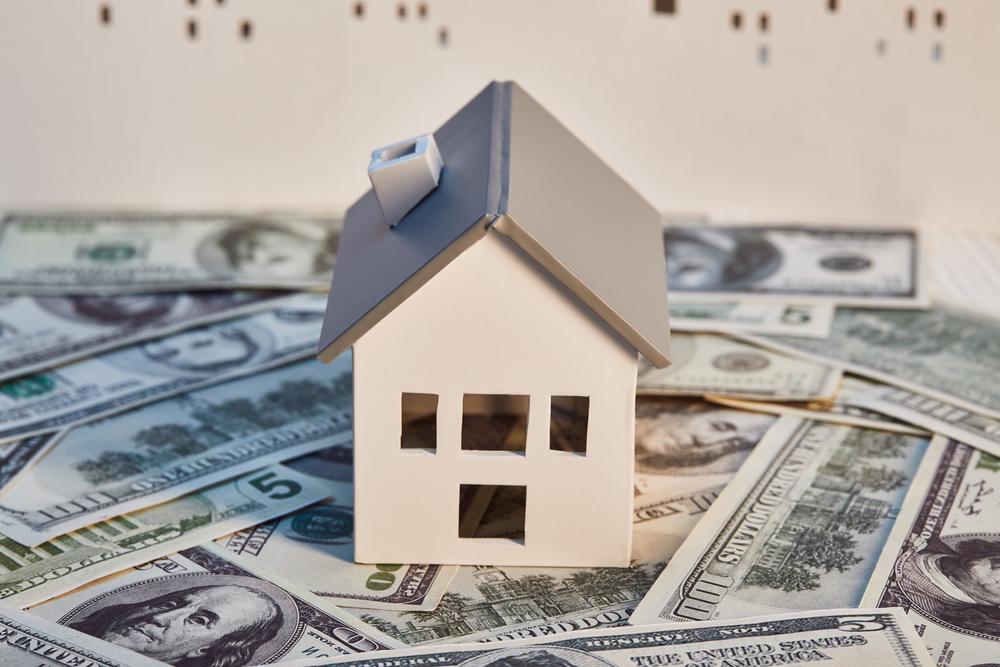
The Prime Minister Lee Hsien Loong outlined three new classifications for public housing: Standard, Prime Plus Standard and Prime during the speech he delivered during his National Day Rally speech on August 20 in order to tackle the ever-changing housing market.
There is a distinction in “mature” or “non-mature” estates which was introduced in the 1990s’ early years, has become blurred. “In the near future the majority of BTO developments will be located in estates or areas which are considered to be mature,” says PM Lee. “This signifies that the current framework of non-mature and mature estates won’t work anymore.”
He stressed that the overall goals must be met in the current Standard Plus, Prime and Standard HDB framework: to keep homeownership affordable to all income levels, ensure the social mix of each town and region and ensure that the system is fair to everyone. Prime flats are being offered as part of Prime Location Housing (PLH) and were first made available in November 2021 during the BTO launch. These are areas in the Central Area, where the majority of subsidies are provided to ensure that the costs are reasonable. Plus flats are HDB projects that aren’t in those in the Central Area but are in “choicer areas” close to MRT stations or other amenities.
Lumina Grand EC by CDL Zenith just completed construction in the coveted Bukit Batok West Avenue 5 neighborhood.
New restrictions
The buyers of Prime or Plus BTO flats will be offered additional assistance to ensure that these flats remain affordable, however there is a clawback of sub-sidies as well as limitations regarding the selling of. For example the minimum period of occupation (MOP) for Prime and Plus Flats is 10 years, instead of the five-year MOP that is required for Standard flats.
Prime and Plus owners are able to rent bedrooms, but not the entire flat. “This cuts the investment component in the in the bud,” says Lee Sze Teck the Director of Data Analytics for Huttons Asia. Only Singaporeans are able to purchase Plus or Prime flats on the marketplace for resales. Private homeowners looking to purchase a Prime or Plus resale apartment have a 30 month waiting period. Buyers of Plus and Prime resales flats also have to meet BTO requirements, which includes the threshold of $14,000 per month for household income.
Singaporean couple Charmayne Aw, 27 and her husband, Damien Ng, 30 have said that they’d choose to go with the Standard HDB option. “Even even though the Prime and Plus flats have higher subsidies however selling the apartment in the future is more difficult and I’d need wait for at least 10 years prior to when I could sell it,” says Aw who is the interior stylist. “The Prime and Plus flats are very expensive due to their location. My friend was able to get the chance to purchase an apartment in prime location. It’s a four-room apartment, and the price was $700,000.”
In retrospect the couple is pleased with their decision to purchase the 116 sq m (1,249 sq feet) five-room apartment in Tampines Green Jade with a view of Bedok Reservoir, secured in the August 2021 BTO launch for $525,000. This was the first time they had submitted a BTO application also. “We were extremely fortunate,” says Aw. “My family members and my cousins who applied also were unsuccessful.” They’ll get access to the new home around 2025.
Additional HDB housing options
Another woman of 27 years old, Nicole Lim, would choose an Plus flat, despite the limitations. “Location is important for my life,” she says. “The 10-year MOP isn’t so much as the location.”
HDB residents comprise 77.9% of Singapore’s residential households, according to statistics from Singapore Department of Statistics in 2022. Comparatively 17% reside in apartments and condos. The remainder of 4.9% live in landed properties which range from semi-detached and terraced homes to detached homes. PM Lee has stated that the majority of HDB projects will be Standard projects in the near future. Apart from the five-year MOP and the no-limits regarding resales.
“The goal is to offer more choices to meet all population demographics” states Lam Chern Woon Edmund Tie’s director of research and consultancy. “Previously the prime apartments were available only to people with high incomes on the resale market, or to lucky “lottery winners” within BTO. BTO marketplace.”
Price anomalies to come in the near future?
There will not be limitations on Standard flat buyers’ incomes certain households with a high income earning over $14,000 a month could decide to purchase resales of Standard flats, according to Lam. He also notes that there’s an existing inventory that includes 1.1 million Standard flats, with some in Central places or having additional attractive features in terms of location.
“We could see some prices anomalies sometime in the near future where resales of Standard flats may be sold at a higher price than Prime or Plus flats” claims Lam. “But it could be a matter that we cross the bridge once we reach that point.”
In the near-to medium-term, there may be a significant increase in the demand for resales of existing flats, and an rise in HDB flats for resales driven by people who don’t wish to purchase flats with long MOPs, according to Christine Sun, OrangeTee & Tie senior vice-president of research and analysis. “Now there are more grants being offered to first-time buyers of flats that are resold. So, prices can increase if some demand shifts to the market for resales.”
The extended MOP of 10 years for the future Prime and Plus flats could make it more difficult for Singaporeans to upgrade to a private property. “After taking into account the 10-year MOP as well as an average of three to five years for the construction time the middle class may remain in their Prime and Plus apartments,” says Eugene Huang Director and founder of Redbrick Mortgage Advisory.
Existing flats in centrally situated projects like Pinnacle in Tanjong Pagar, Pinnacle @ Duxton located in Tanjong Pagar, Skyville @ Dawson and Skyterrace @Dawson, which is free of the restrictions similar to those that new Prime flats come with, can appear attractive in the comparison. Therefore, the costs of these flats might be pushed even higher. “The similarity of the The Pinnacle @ Duxton is going to be a legend,” says Huang.
Flat transactions worth millions of dollars that are a curbing
“The restrictions on Prime and Plus flats will slow the accumulation of wealth,” Huang adds. “New buyers will be dissuaded from making use of the BTO homes as a way to build wealth and upgrading to a private property.”
But OrangeTee’s Sun believes that extending the MOP for Prime and Plus flats is a wise decision. “The modification will further reinforce the message that housing in public is designed to serve as a residence for the long-term and is not intended to be used to invest in speculative assets or as assets for short-term use,” she says.
HDB transaction records from data.gov.sg revealed a rising amount of younger Singaporeans selling their homes shortly after the five-year MOP requirement. Flats that were sold within two years of MOP, or older than seven years increased by seventy-three% and reached 6,189 units by 2022 from 743 in 2014. OrangeTee reports.
These flats account for 23.2% of total HDB resales, a rise from 4.6% in 2014, says OrangeTee. “This trend is more common in non-mature estates where flats that are seven years or less jumped between 5.2% in 2014 to 31.3% in 2022,” Sun says. Sun.
The amount of flats that recently obtained MOP and sold at the minimum of $1 million has increased. The flats with seven years or less made up more than 63 transactions with a minimum value of $1 million, which was 17.1% of overall million-dollar transactions on flats of this type during the year.
In contrast, none of the flats in this age were sold at least 1 million dollars during 2014,” according to Sun. “A growing number of such transactions could alter the price expectations of other sellers, and could fuel the booming multi-million dollar flats market.”
Sun says that the extension of the MOP timeframe for Plus flats that are not in within the Central Area will slow down these transactions. “When older estates are converted into new housing projects it’s a great reminder to the younger Singaporeans to remain longer at these centrally located and subventioned flats.”
In order to prevent individuals from becoming priced out
The new restrictions on Plus and Prime resales of flats will surely reduce the amount of million-dollar flats Sun admits. “With the future HDB purchasers of Prime and Plus flats being subjected to limitations, such as income limits, it will limit their affordability and make it difficult to afford high costs for future flats that are resales,” she says.
“If limitations on household income aren’t implemented, the prices of Prime and Plus flats could rise to over $1 million on the resale market and in the 10 year period, just those who are wealthy can afford these resales flats,” says PropNex CEO Ismail Gafoor.
Limiting the monthly household income of $14,000 allows people from various social backgrounds the chance to reside in an estate that is Plus Gafoor says. “This will help create social cohesion. We don’t wish to see to have a class-conscious Singapore in 10 years’ time. That’s the primary goal behind these rules.”
Limiting the income limit will also hinder price growth, Gafoor says. He adds the capacity to buy private property is contingent on the future market prices. If someone buys an apartment in the Plus range for $500,000-$600,000 then 10 years later it’s sold at $700,000 to $800,000. “The seller will be able to earn a profits,” he adds. “But the huge capital appreciation may be limited.”
Resale HDB prices have increased 34% since the beginning of 2019, according to UBS analysts Terence Lee and Michael Lim in their report of August 17. “Upgrading behaviors of HDB homeowners has led to private price hikes that were 26%,” says the report. “With the availability of more upgrade options and grants access, imbalance in supply and demand for upgraders can be redressed.”
As per Huttons Asia, homebuyers of non-landed private residential properties within the Outside Central Region (OCR) with HDB addresses accounted for 49% of buyers in 2017, as compared with 41% with private addresses. In 1H2023, buyers who had HDB addresses accounted for only 38.3% of the buyers of non-landed residential properties within the OCR and those with private addresses made up 58.3%, based on caveats that were lodged as of August 22.
“Some members of HDB upgraders may be exempted by boomers who upgraded to a private property and are assisting their adult children buy their first house,” says Huttons’ Lee.
Trade-offs between MOP
Can a 10-year Maximum Occupation Period (MOP) for Prime and Plus flats shift certain amounts of demand toward an executive condominium (EC) sector? ECs are a mix of private and public properties provide HDB loans to first-time purchasers subject to conditions and a annual income limit of $16,000.
First-time EC buyers have a 5-year MOP, and after that they are only able to sell their homes to Singaporeans as well as permanent residents (PRs). After 10 years they can sell the ECs can be sold to both locals and foreigners with no restrictions, just like other 99-year leasehold condos within the OCR.
However, EC buyers will not be qualified to apply for HDB loans, but they can apply for loans through private financial institutions as well as the loan-to-value (LTV) amount is set to 75%. “EC buyers need to have enough cash in order to pay for the 25% down amount,” says OrangeTee’s Sun. “ECs also offer a variety of services, including shared condos, as well as secured access to security.”
There are trade-offs. ECs have less restrictions, but they tend to be in less desirable areas as plus and Prime flats. Sun says. “If ECs were in better places and had better MOPs, their MOPs would likely be higher, like 10 years before they could sell to Singaporeans or PRs, and the 15-year period before they are able to sell to foreign buyers,” she says. “And there might exist more rigorous selling requirements.”










